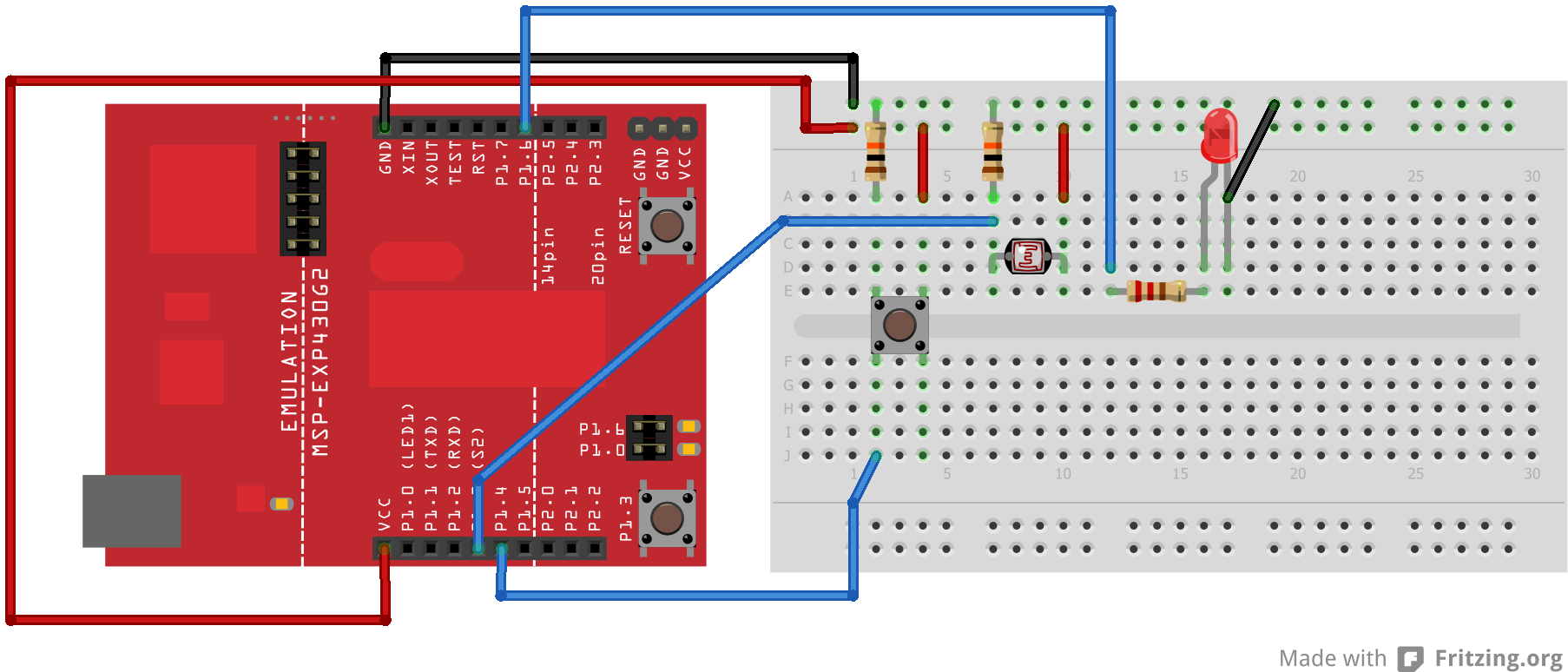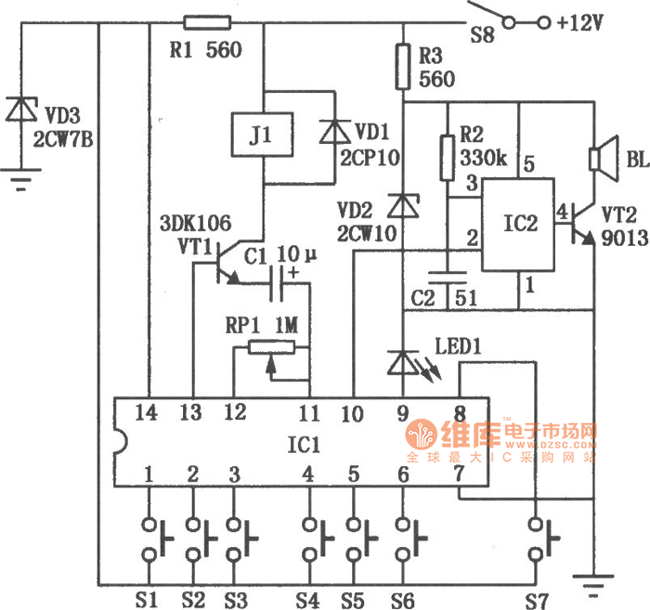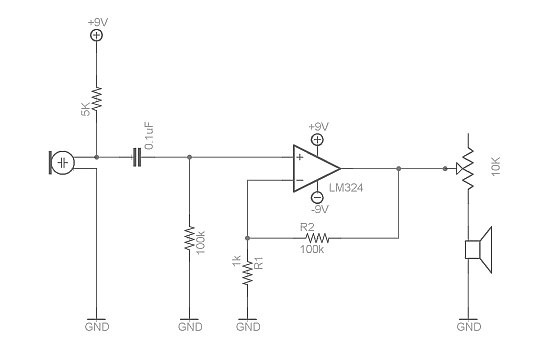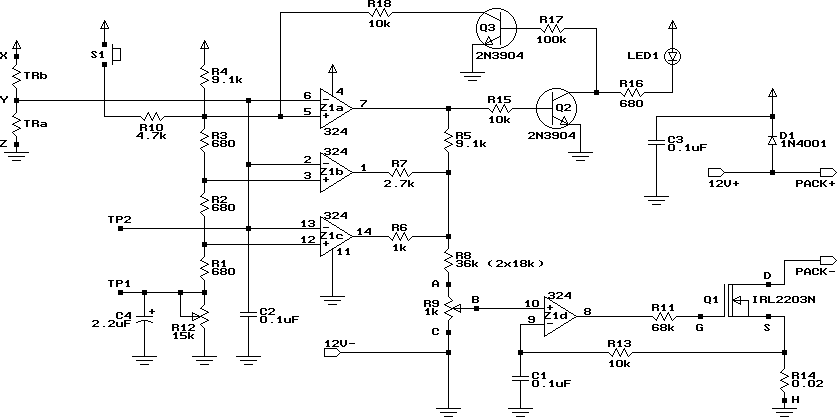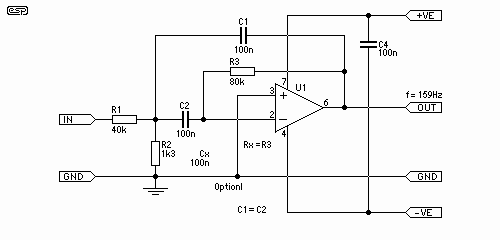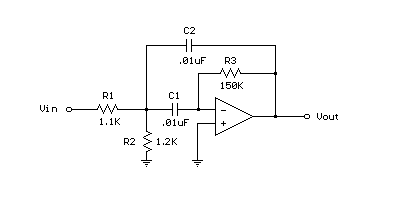
High Pass Filter Tutorial
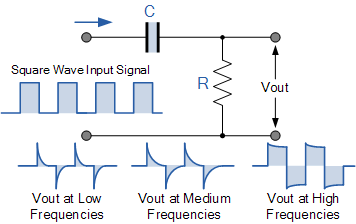
Electronics tutorial about passive high pass filter circuit, including passive RC high pass filter first order frequency response, Bode plot, and construction.
The passive high pass filter circuit is an essential component in electronics, designed to allow signals with a frequency higher than a certain cutoff frequency to pass through while attenuating signals with frequencies lower than the cutoff. This type of filter typically utilizes resistors (R) and capacitors (C) in its construction, forming an RC circuit that defines its frequency response characteristics.
The first-order passive high pass filter consists of a resistor and a capacitor arranged in series, with the output taken across the resistor. The cutoff frequency (fc) is determined by the values of the resistor and capacitor using the formula:
fc = 1 / (2πRC)
In this equation, fc is expressed in hertz (Hz), R in ohms (Ω), and C in farads (F). At frequencies above the cutoff, the output voltage across the resistor increases, while at frequencies below the cutoff, the output voltage decreases significantly.
The Bode plot is a graphical representation of the filter's frequency response, illustrating how the gain and phase shift of the output signal vary with frequency. The gain plot typically shows a slope of +20 dB/decade above the cutoff frequency, while the phase plot indicates a phase shift that approaches +90 degrees as frequency increases.
Construction of a passive high pass filter is straightforward. The components required include a resistor, a capacitor, and a breadboard or PCB for assembly. The resistor and capacitor are connected in series, and the output is taken from the junction between the resistor and the capacitor. Proper consideration should be given to the power ratings and tolerances of the components to ensure reliable performance within the desired frequency range.
In summary, the passive high pass filter is a fundamental circuit utilized in various applications, including audio processing, signal conditioning, and communication systems, where it is necessary to eliminate unwanted low-frequency noise while preserving higher frequency signals.Electronics Tutorial about Passive High Pass Filter Circuit including Passive RC High Pass Filter First Order Frequency Response, Bode Plot and Construction.. 🔗 External reference
The passive high pass filter circuit is an essential component in electronics, designed to allow signals with a frequency higher than a certain cutoff frequency to pass through while attenuating signals with frequencies lower than the cutoff. This type of filter typically utilizes resistors (R) and capacitors (C) in its construction, forming an RC circuit that defines its frequency response characteristics.
The first-order passive high pass filter consists of a resistor and a capacitor arranged in series, with the output taken across the resistor. The cutoff frequency (fc) is determined by the values of the resistor and capacitor using the formula:
fc = 1 / (2πRC)
In this equation, fc is expressed in hertz (Hz), R in ohms (Ω), and C in farads (F). At frequencies above the cutoff, the output voltage across the resistor increases, while at frequencies below the cutoff, the output voltage decreases significantly.
The Bode plot is a graphical representation of the filter's frequency response, illustrating how the gain and phase shift of the output signal vary with frequency. The gain plot typically shows a slope of +20 dB/decade above the cutoff frequency, while the phase plot indicates a phase shift that approaches +90 degrees as frequency increases.
Construction of a passive high pass filter is straightforward. The components required include a resistor, a capacitor, and a breadboard or PCB for assembly. The resistor and capacitor are connected in series, and the output is taken from the junction between the resistor and the capacitor. Proper consideration should be given to the power ratings and tolerances of the components to ensure reliable performance within the desired frequency range.
In summary, the passive high pass filter is a fundamental circuit utilized in various applications, including audio processing, signal conditioning, and communication systems, where it is necessary to eliminate unwanted low-frequency noise while preserving higher frequency signals.Electronics Tutorial about Passive High Pass Filter Circuit including Passive RC High Pass Filter First Order Frequency Response, Bode Plot and Construction.. 🔗 External reference
Warning: include(partials/cookie-banner.php): Failed to open stream: Permission denied in /var/www/html/nextgr/view-circuit.php on line 713
Warning: include(): Failed opening 'partials/cookie-banner.php' for inclusion (include_path='.:/usr/share/php') in /var/www/html/nextgr/view-circuit.php on line 713
